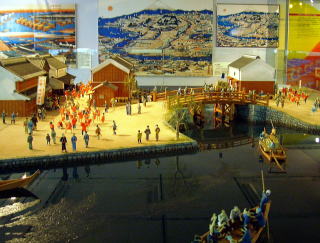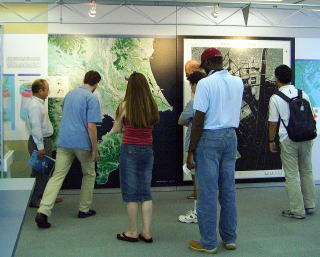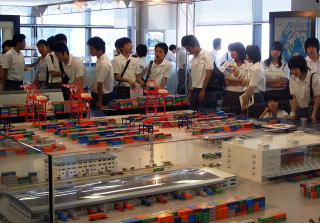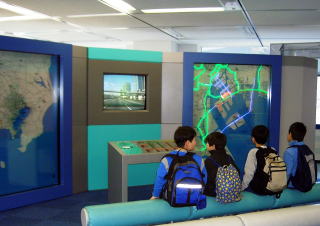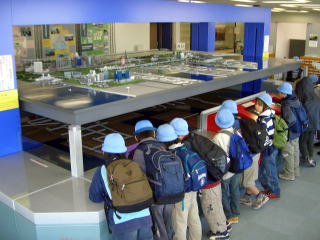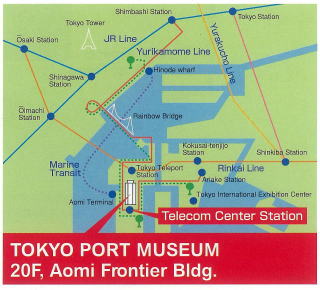 |
 |
| The Port of Tokyo, once known as the Port of Edo, developed as a strategic
water transportation hub for supplying goods and materials to the former
capital Edo. It became a gateway for international trade in 1941. Since then, it has been the vital waterway facilitating production and consumption for 40 million people in the Tokyo Metropolitan Area. Actively introducing new technologies into its container transport services, the Port of Tokyo strives to achieve its mission as the Japan's central port dedicated to international trade. During the Edo Period, landfill operations began in preparation for the construction of residential dwellings. Today, a futuristic city, the Waterfront Subcenter, is emerging at the center of the landfill sites in the Port of Tokyo. March 1996 marked the end of the initial phase of the Waterfront Subcenter Development Plan to create the urban infrastructure necessary to start city activities. Recently, Odaiba and other areas have been attracting new businesses and visitors to form a vital community. The Bureau of Port and Harbor of the Tokyo Metropolitan Government and the Tokyo Port Promotion Association, Inc. have opened Tokyo Minato-Kan(Tokyo Port Museum)to give visitors a glimpse of history of Port of Tokyo, as well as the current conditions and future Plans of the Waterfront Subcenter. It is hoped that visitors to the Tokyo Port Museum will come away with an increased understanding of the Port of Tokyo. |
| Address | |
| Tokyo Port Museum 20F, Aomi Frontier Bldg., 2-4-24 Aomi, Koto-ku, Tokyo 135-0064 Japan Phone: +81-3-5500-2587 Fax: +81-3-5500-2589 |
|
